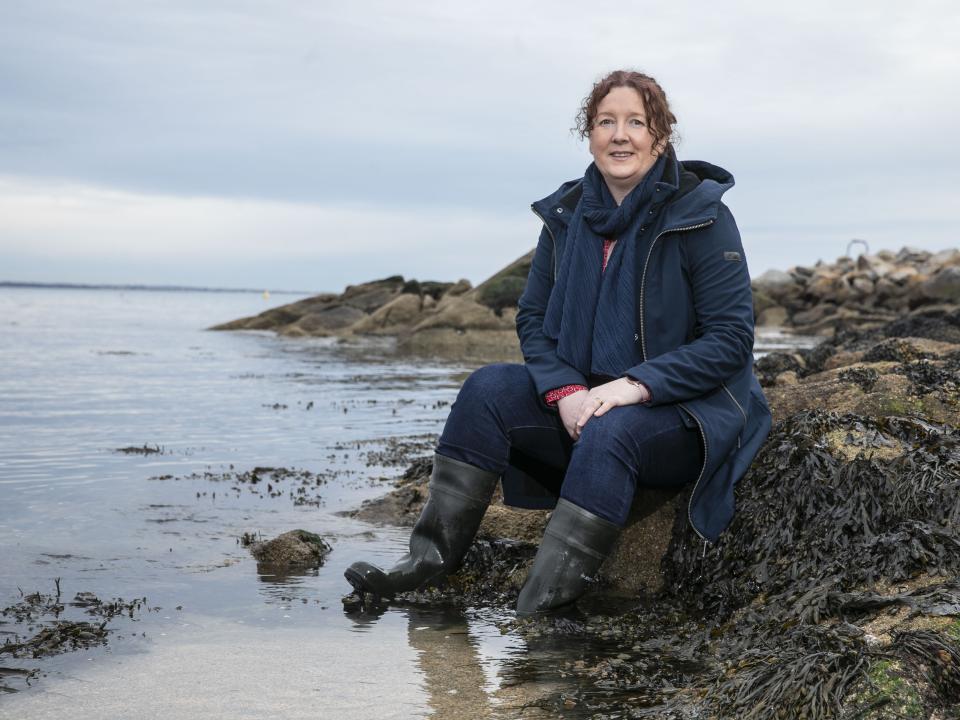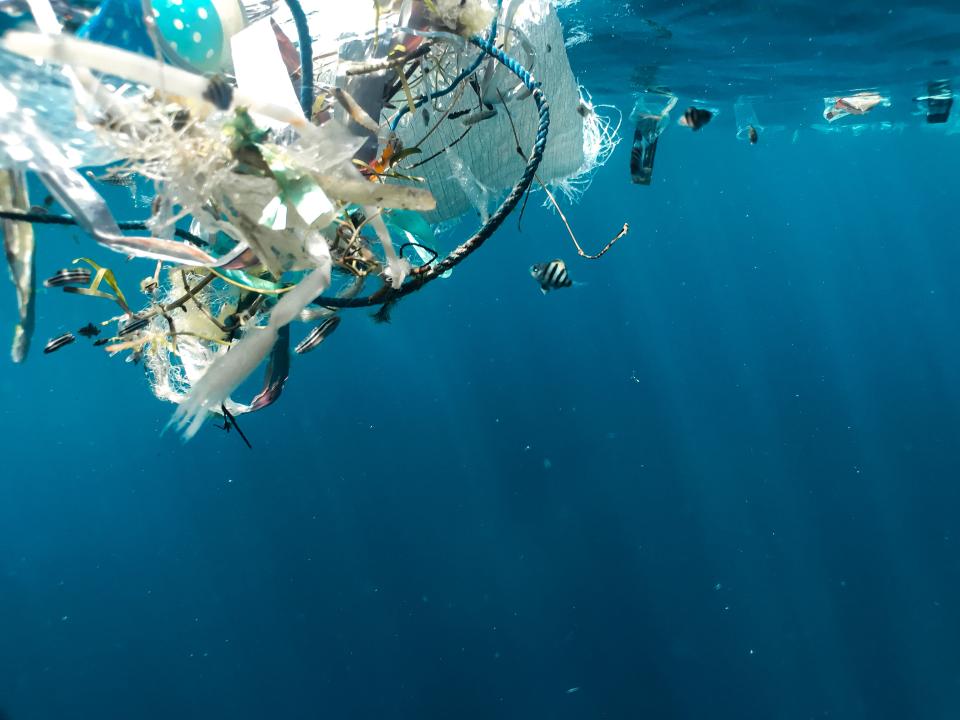Dr Roisin Nash

Dr Roisin Nash, who reviewed the research through her role as a lecturer with the Marine and Freshwater Research Centre at the ATU, said that while it is difficult to determine the source of the microplastics, fishing nets are often ditched by trawlers in areas where microplastics are subsequently found in the digestive tracts of marine life.
“As part of our research, we collected 44 samples in deep sea areas off the West coast. It’s disheartening but we found that 75% of them had plastics and some had more plastics than we’d anticipated,” says Dr Nash.

“We wanted to see if we’d find smaller plastics the farther we got from land but we found no such trend. Even 3,000m below the surface we were finding large plastics.
“Closer to land, the sources of these microplastics would likely be rivers and run-off from the land, but in deep waters the sources are much more likely to be fishing nets and similar materials. ATU researchers even identified areas fishing nets in the corals and fishing nets are a source of fibres.”
ATU brings more Opportunities and Resources
Dr Nash also oversees research into the impact of plastic pollution on populations of Dublin Bay Prawns. In February, she helped draft a monitoring report that revealed the area of the Irish Sea between Northern Ireland and Scotland as the site where the highest number and widest range, of microplastics, can be found.
“That section of the Irish Sea is an industrialised area. The Atlantic is not at all. Prawns that are nearer to industrialised areas are going to have more plastic content because they’re exposed. In oceanic waters you find more fibres but in the Irish Sea you’ll find a lot more fragments and films and different types of plastics.”
The Atlantic Technological University (ATU) was established in April this year following the merger of three institutes of technology – Galway-Mayo (GMIT), Letterkenny (LYIT) and IT Sligo. The university has more than 20,000 registered students at its eight campuses across Galway, Mayo, Donegal and Sligo.
Dr Nash is excited by the prospect of accessing the resources of the previously separate campuses, adding that she is already examining the potential for more funding and collaboration with academics in related fields of study.
“The other ATU campuses have equipment that we wouldn’t have had access to before this so that will open up opportunities for better insights,” she says.
“The other ATU campuses have equipment that we wouldn’t have had access to before this so that will open up opportunities for better insights,” she says.

Making a difference to the Marine Environment
“I’m especially excited by the collaboration piece. In Letterkenny, there is a researcher looking at promoting commercial seafood with species that people may not have been aware of. We would tag on very nicely with them to look at the microplastic aspect. By doing that, we could make ourselves more attractive in terms of getting funding.”
She continues: “People might ask why we need to monitor microplastics. Well, take Dublin Bay Prawns for instance. That’s a million euro industry. It’s food that we consume.
“In terms of the public health hazard, it would depend on the health of the individual. If you’ve got a healthy gut, you can definitely pass the larger microplastics but microplastics measure from one micron to five millimetres. Researchers think that a micron can pass through membranes. If it has enough time in your system, there’s a worry it will do just that.”
Plastic pollution has become something of a mainstream issue in recent times following campaigns to abolish microbeads and other microplastics from consumer products. Indeed, 175 nations from around the world last month endorsed a historic resolution at the United Nations Environmental Assembly to end plastic pollution. It is expected that this will lead to the forging of a legally binding agreement by 2024.
Dr Nash is hopeful that the resolution will make a difference to the marine environment.
“We need to deal with this issue with a multi-faceted and global approach,” she says. “We have conducted studies around Galway Bay which show that microplastics are being brought into the area from elsewhere by a combination of high winds and tides.”
